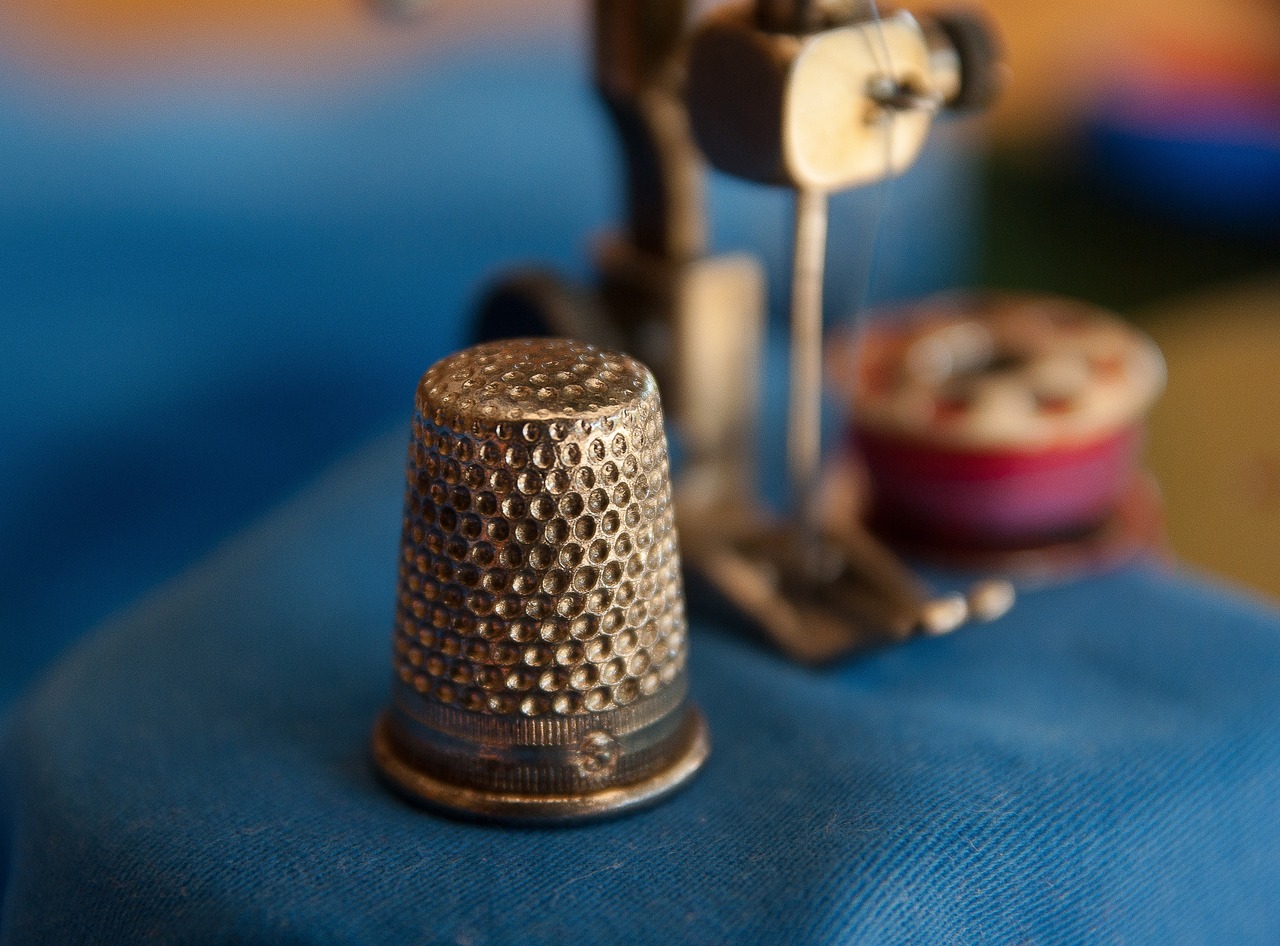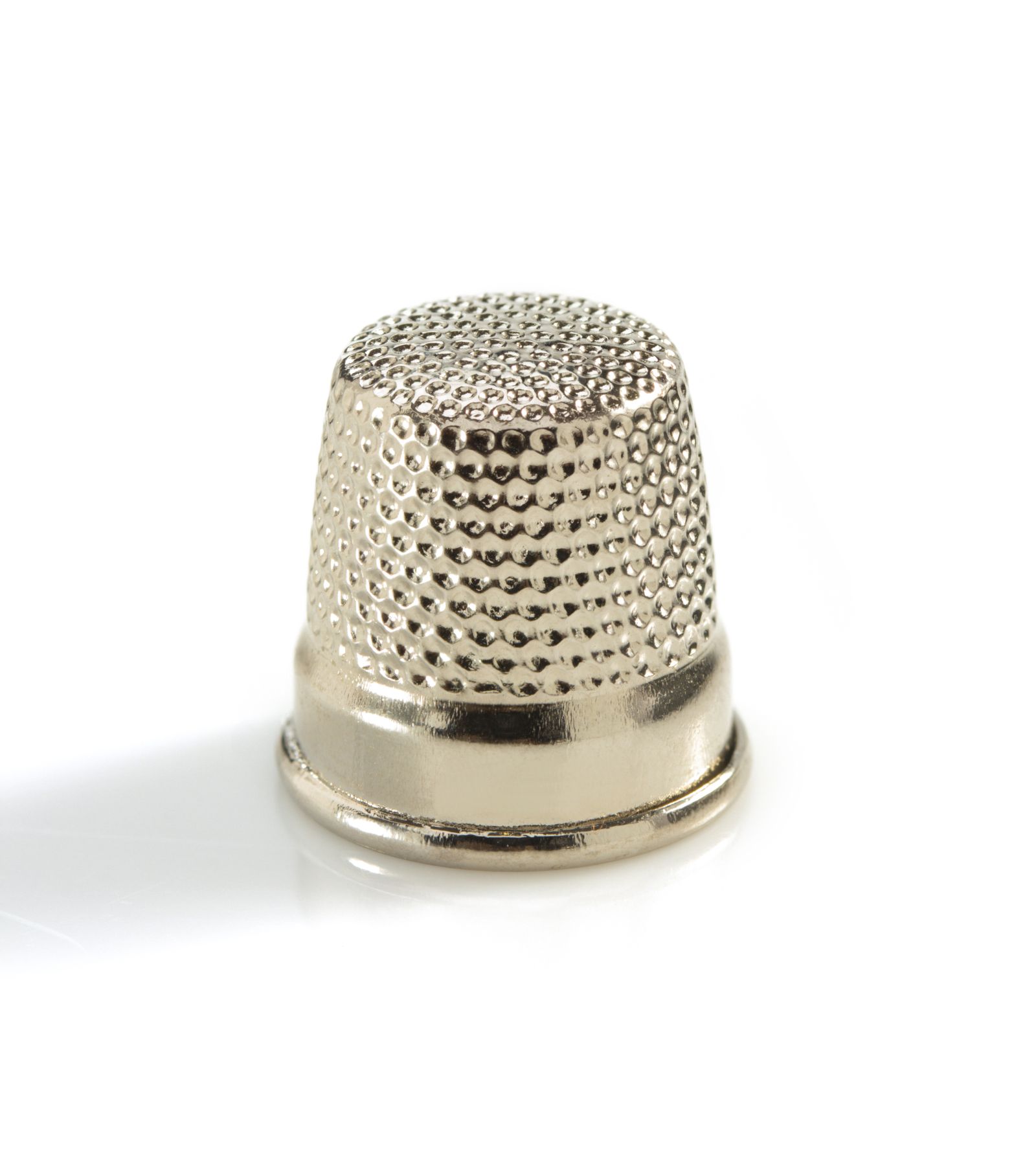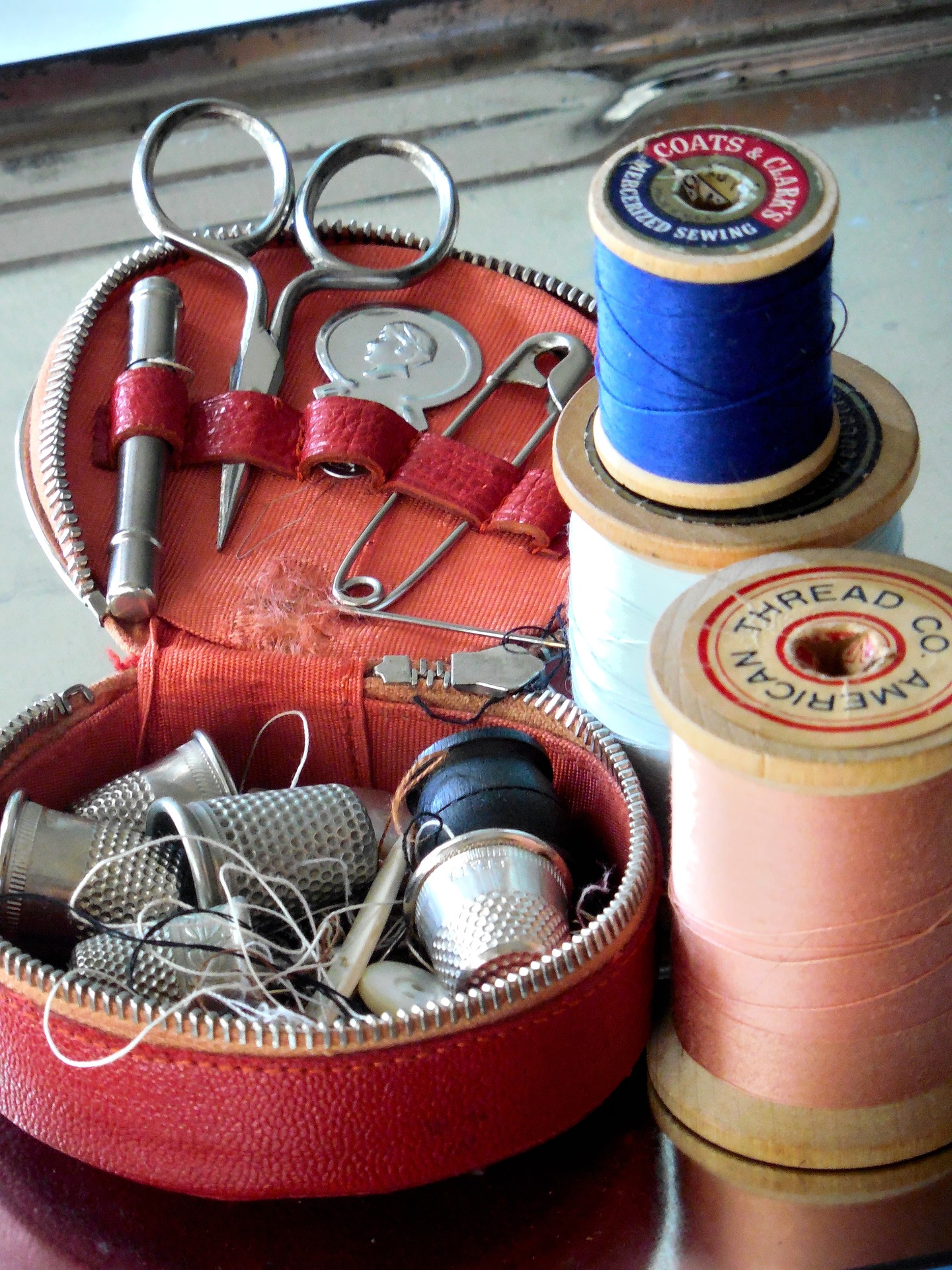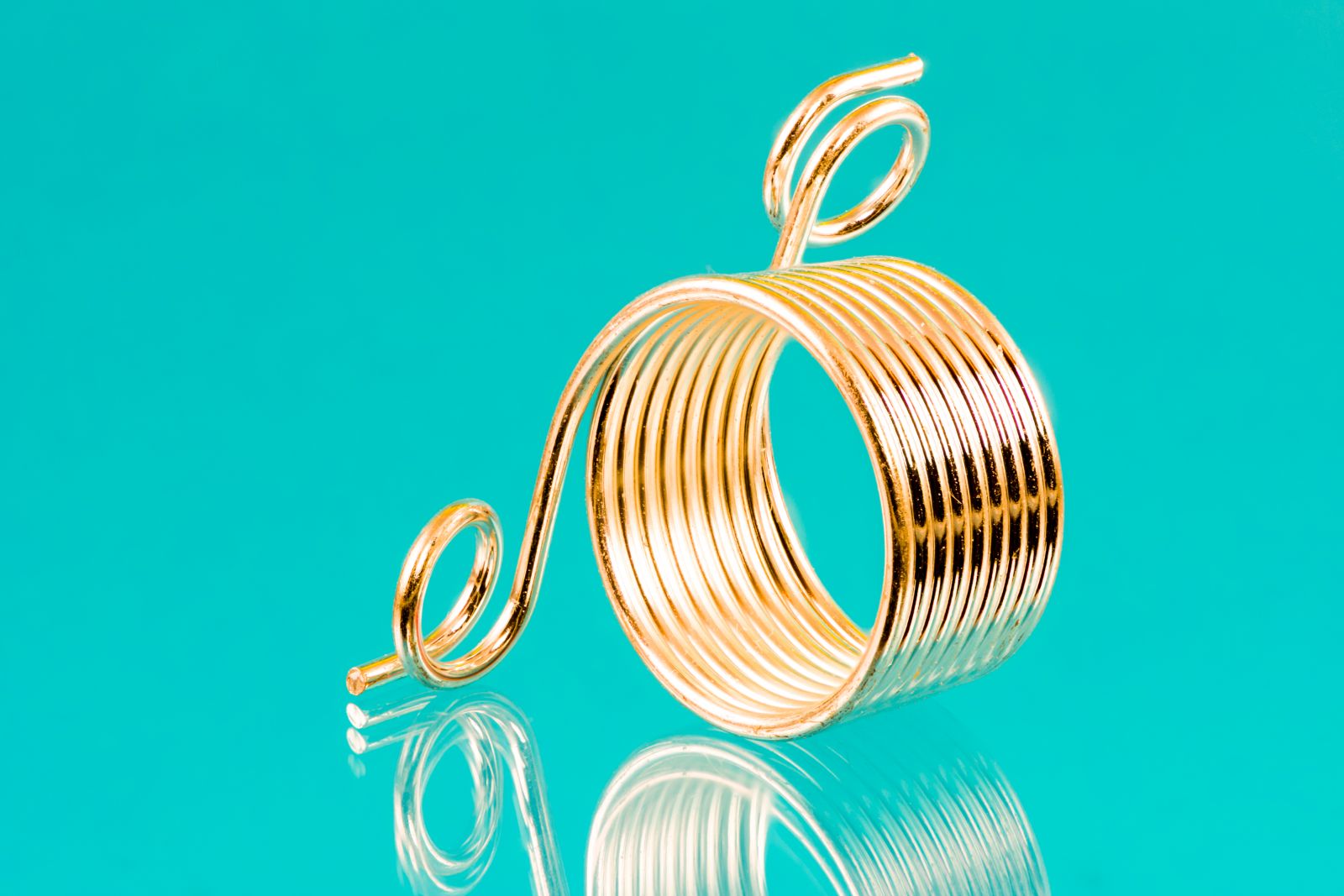
Thimbles come in a variety of materials, each with their own unique advantages and disadvantages. Whether you’re a beginner or a seasoned seamstress, it’s important to understand the differences between thimble materials to choose the best one for your needs.
Metal thimbles are the most common type of thimble and come in a variety of metals, including brass, silver, and gold. Metal thimbles are durable and long-lasting, providing excellent protection for your fingers while sewing. They are also easy to clean and sanitize. However, metal thimbles can be heavy and uncomfortable to wear, especially during long sewing sessions. They can also become slippery when moist, making it difficult to grip needles and fabrics.
Ceramic thimbles are another popular option for thimble collectors and enthusiasts. Ceramic thimbles are lightweight and come in a wide range of colors and designs, making them a popular choice for decorative purposes. They are also less slippery than metal thimbles, providing better grip while sewing. However, ceramic thimbles can be fragile and prone to breaking, and they may not offer as much protection as metal thimbles.
Leather thimbles are a less common type of thimble, but they offer several advantages over metal and ceramic thimbles. Leather thimbles are soft and comfortable to wear, providing a snug fit that conforms to the shape of your finger. They are also less likely to slip, even when moist, and they provide excellent protection for your fingers. However, leather thimbles can be more difficult to clean and sanitize, and they may not last as long as metal or ceramic thimbles.
When choosing a thimble material, consider your specific needs and preferences. If you prioritize durability and protection, a metal thimble may be the best choice for you. If you’re looking for a decorative thimble to add to your collection, a ceramic thimble may be more suitable. And if you want a comfortable, snug fit with excellent grip, a leather thimble may be the way to go.
Thimble materials come in a range of options, each with their own advantages and disadvantages. When choosing a thimble material, consider factors like durability, comfort, grip, and decorative appeal. With the right thimble, you can enjoy a comfortable and productive sewing experience while protecting your fingers from the wear and tear of needlework.




